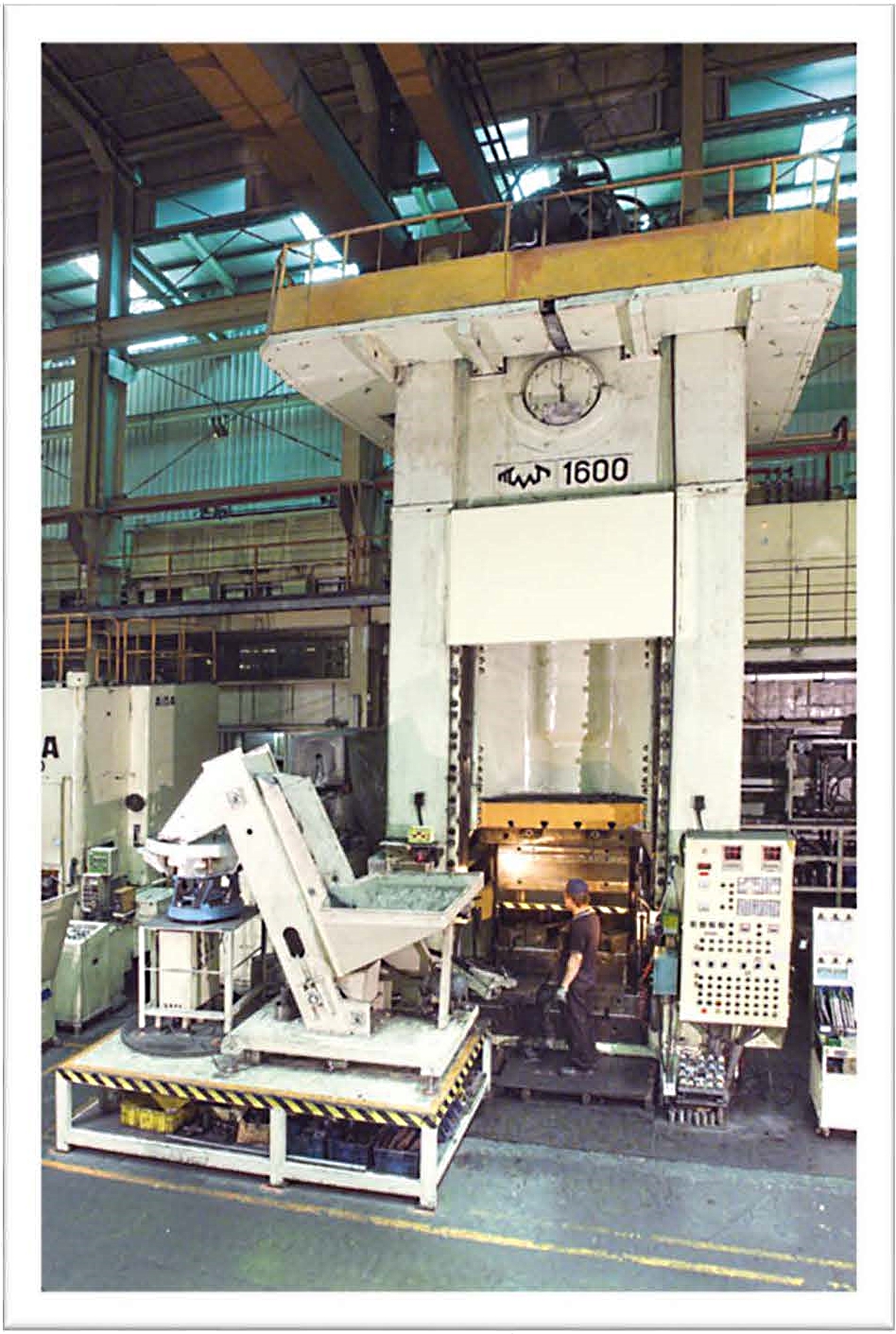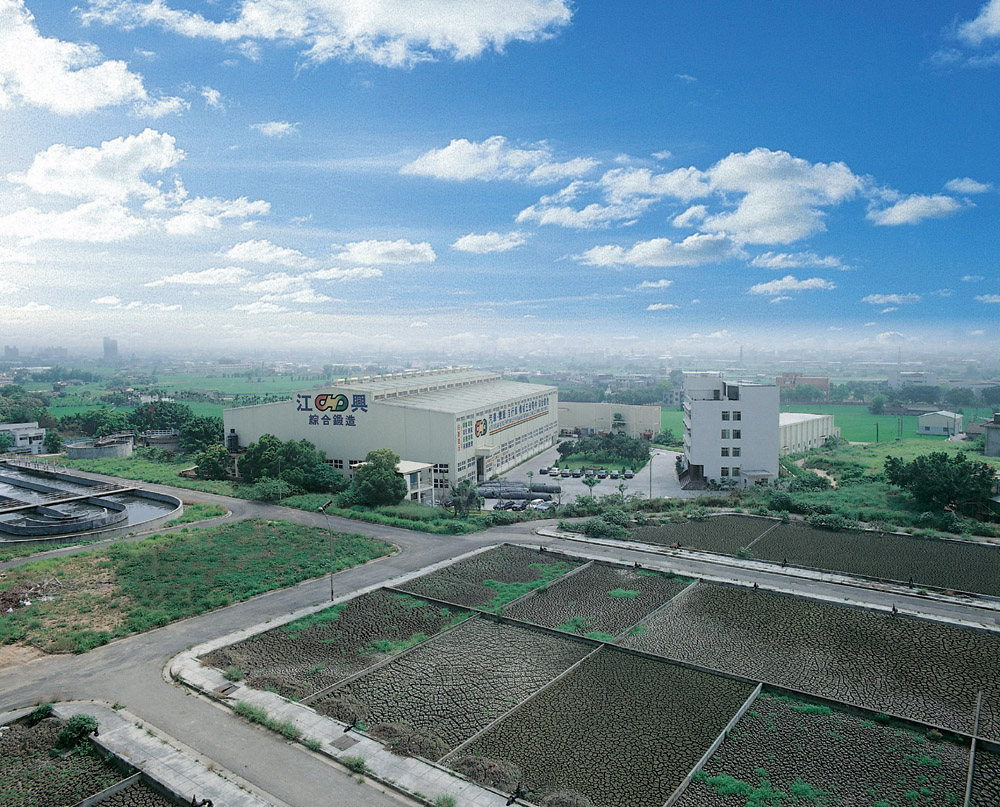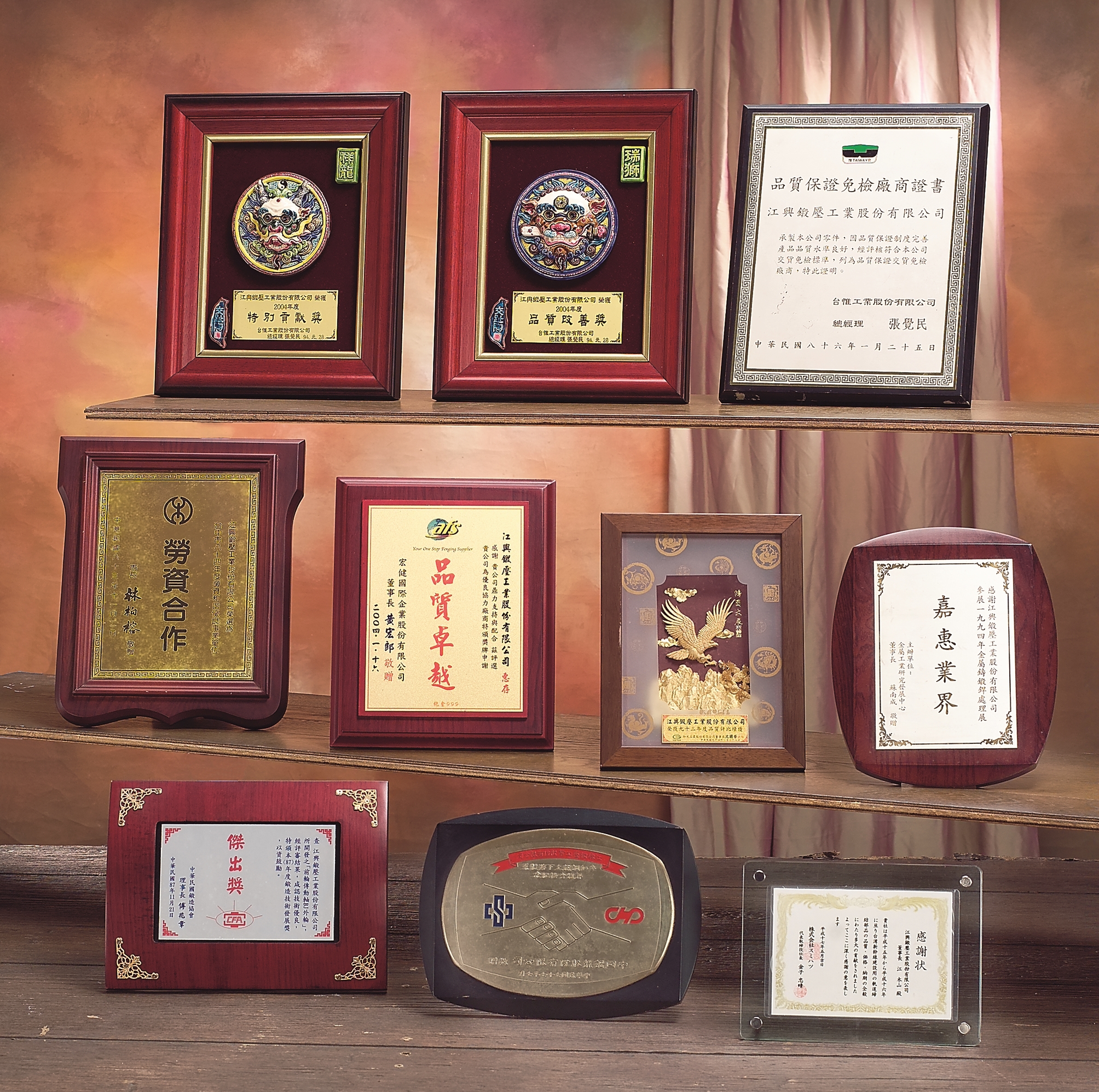Warm Forging
Warm Forging – the best solution for both variation and hardenability
The physics for forging steel are such that after heating and cooling material, the hardenability will decrease. The main cause is because internal crystalline grain structures will be destroyed during heating. Thus, forged products with smaller volume but larger variation are suitable for warm forging. The forged product can keep a certain hardenability after being shaped. For example, transmission shaft for front wheels, cross section of transmission shaft for rear wheels.

The main theory of warm forging is metal materials are shaped before the hardenability is significantly changed. According to the definition of this theory, the temperature should be controlled within the range between 600℃~900℃, and the product should be shaped in this temperature range.
With experience in cold forging for many years to study the technology of warm forging, Chian Hsing has successfully developed a warm forging technology with hermetical forming, and conducts a specially timed forming process to shorten the production time and reduce production costs, in addition to increasing the accuracy of product dimensions.



